Way back in 2012 I first came across Cox & Cox‘s handmade place cards. They were beautiful, handmade paper with soft, torn edges. Cox & Cox advertised them as being ‘beautiful to write on’ – but the opposite was true! These were rough, fibrous and almost impossible to write on with a calligraphy nib and ink.
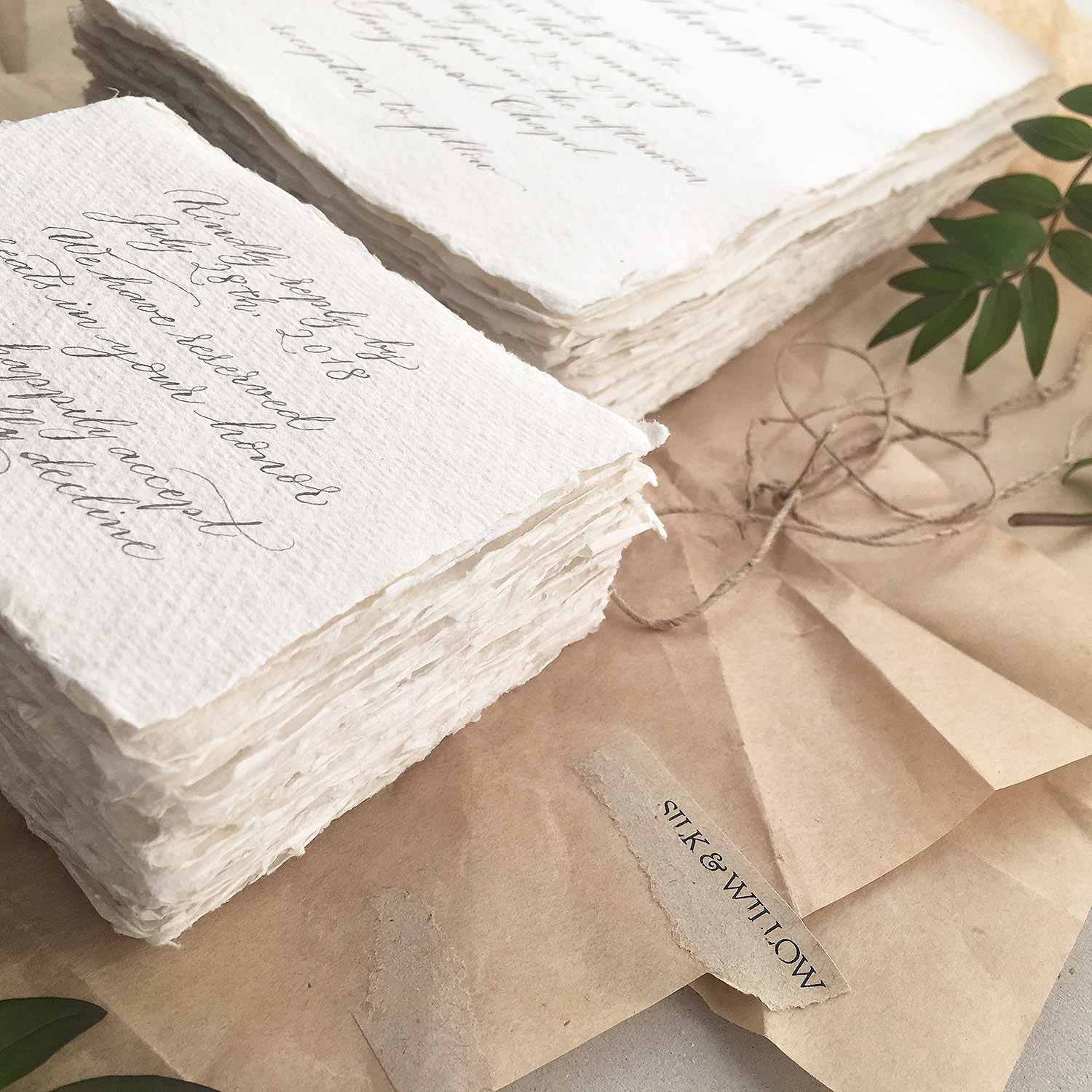
But handmade papers are more popular now, more widely available and in a wider range of finishes. There are handmade paper makers who work primarily with calligraphers and wedding stylists too. Silk & Willow were the first; lovely Kate Cullen has launched her own handmade papers for the UK wedding market this year.

Are they suitable for calligraphy? The truth is, they’re incredibly hard to write on – but they are so beautiful it would be criminal not to try!
This week I’ve been writing invitations on Silk & Willow papers. They’re fibrous – cotton rag papers have long fibres which bind the paper together. But they don’t always lay flat, and they catch between the tines of a calligraphy nib. This makes choosing a nib super hard!
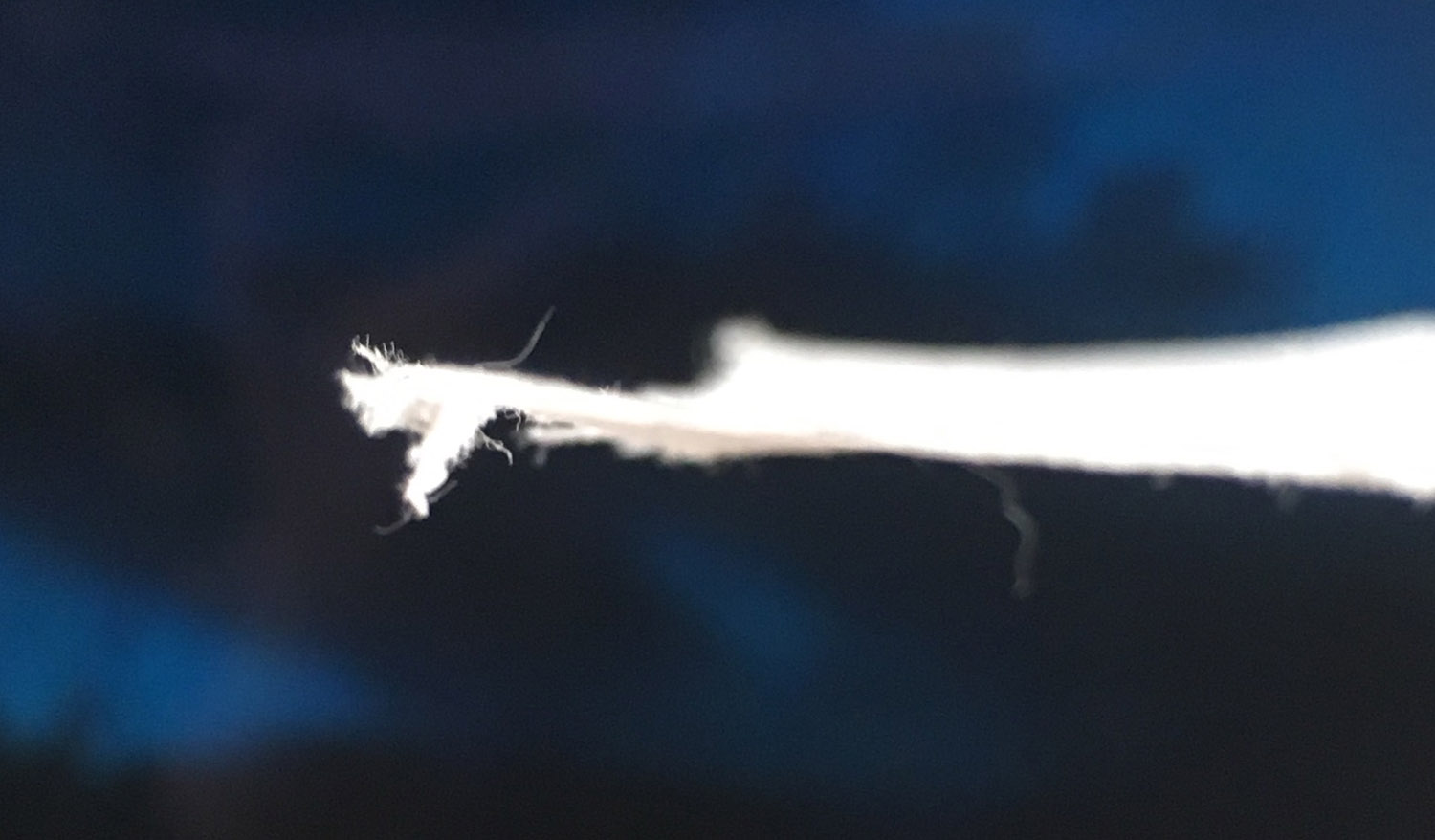
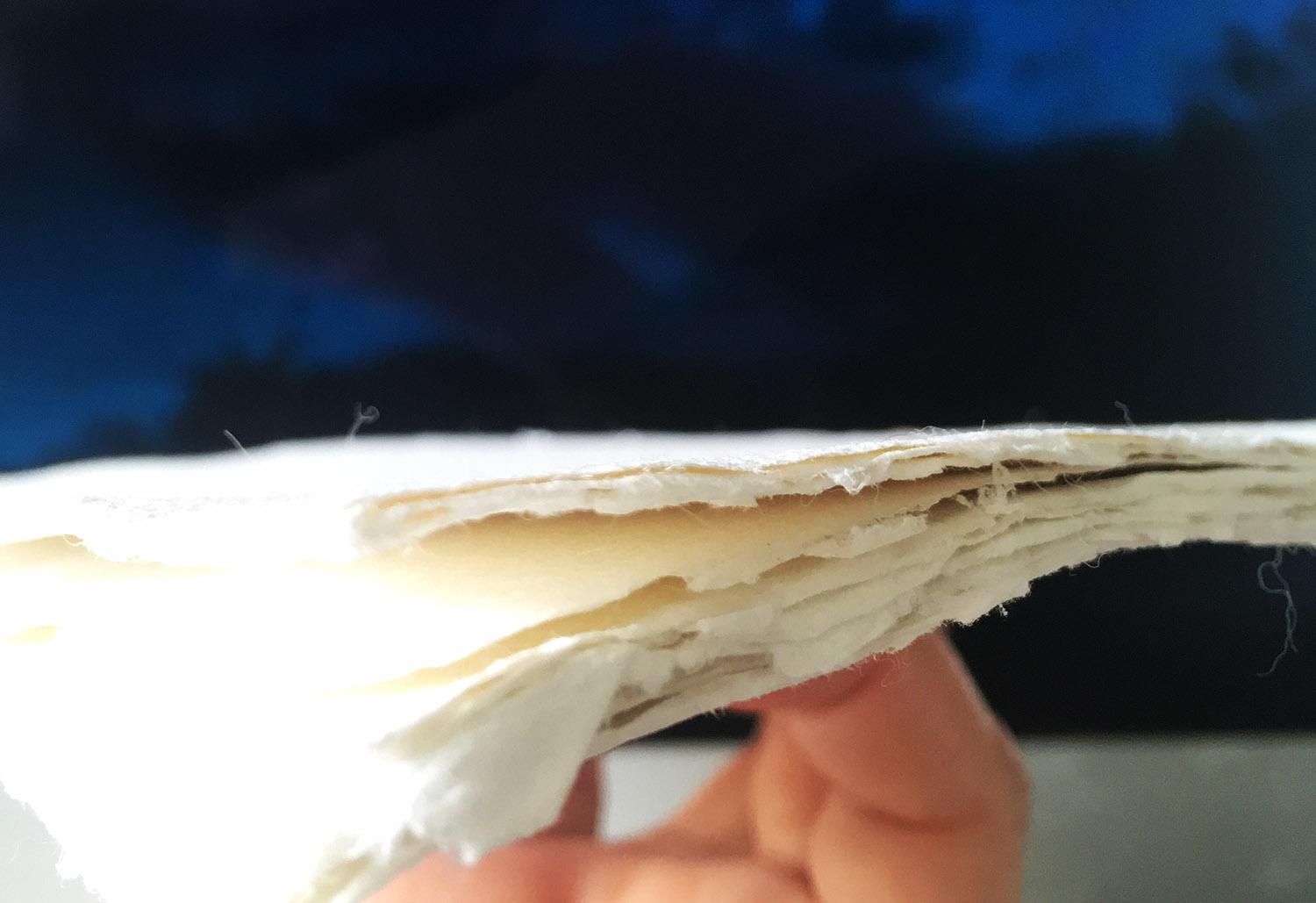
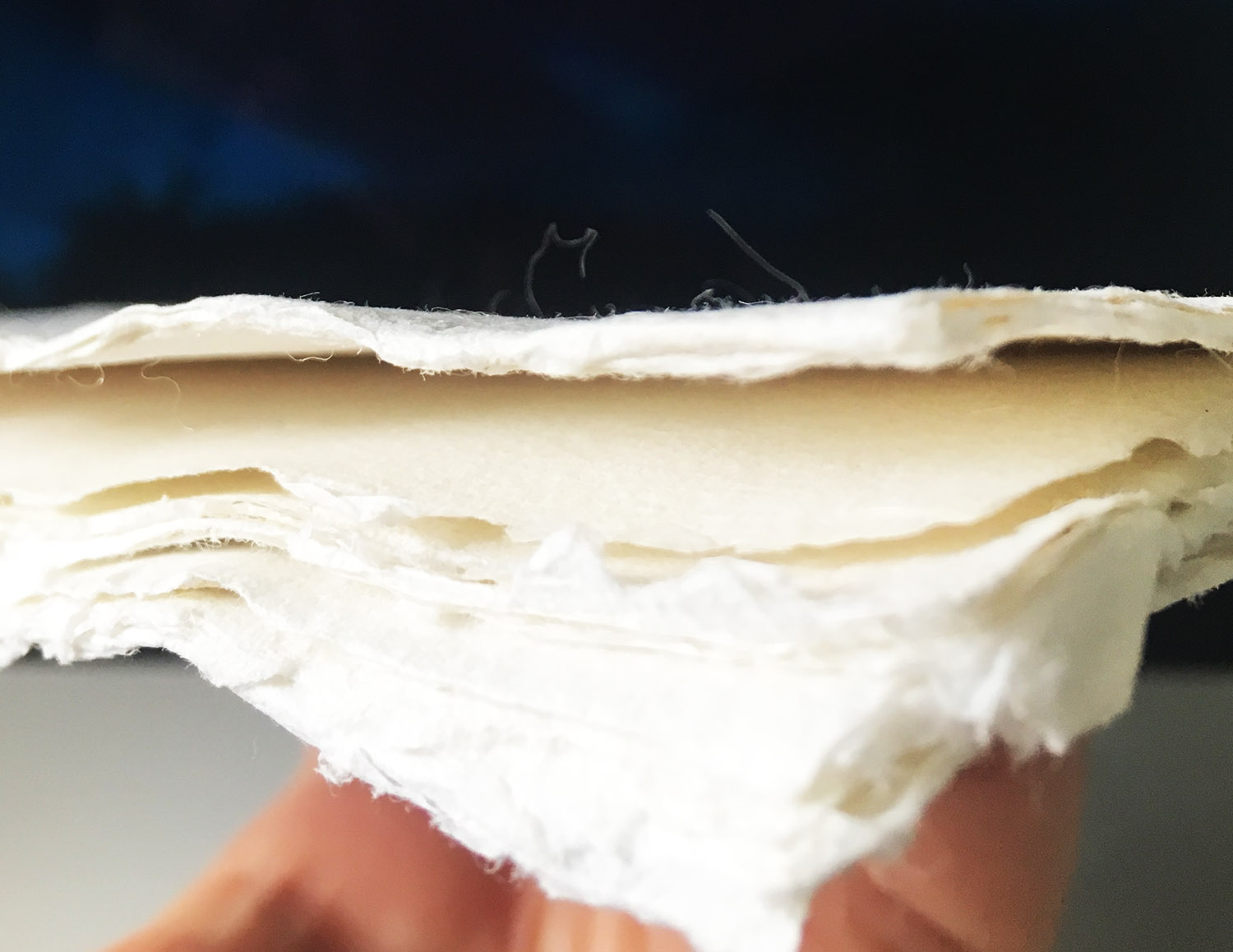
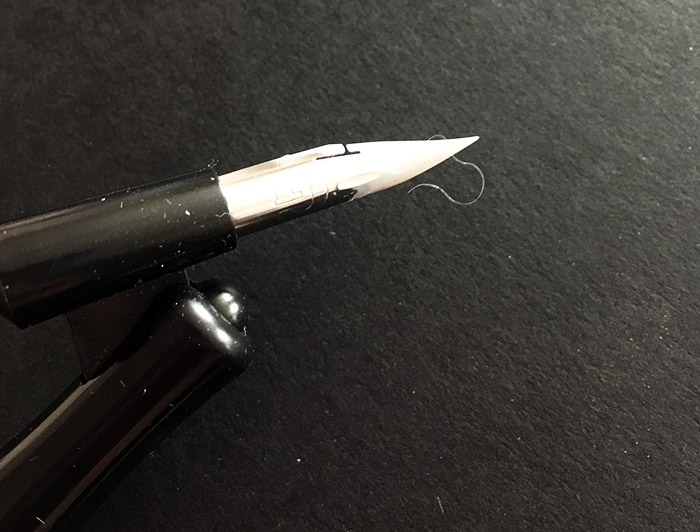
Rough surfaced papers wear nibs quickly. I’d bought in plenty of spares for this week’s order – and luckily I’d stocked up on some of my fave ‘standard’ nibs at the same time. Things weren’t going to work out as planned…
I’d had an email chat with Emily (the bride) where I’d mentioned I’d need to test the paper was ok for calligraphy – she sent me her Silk & Willow paper and I tested it with a Leonardt EF Principal nib – not too flexible, to allow fine hairlines which were essential for the small stationery and contemporary wedding invitation wording.
The test was a success, but I did have to warn Emily that fibres would catch in the nib as I wrote, and they’d create some thicker lines and curves.
We went ahead with Emily’s blessing.
The Leonardt nib wore very quickly as expected. The key to writing on handmade papers is to go super slowly, especially around curves and corners where the nib is travelling sideways. Loose fibres will catch in the nib – there’s no escaping it – so the trick is to watch every tiny movement of the pen and be ready to stop at the barest fraction of a second’s notice.
A brand new nib causes fewer problems. As the nibs I was using wore, they picked up more fibres and slowed me down, so I tried alternatives to the Leonardt nib on a similar paper – and surprisingly, the Nikko G performed best of all. It’s not sharp, and it’s tight enough to make super thin hairlines on handmade papers. Win!
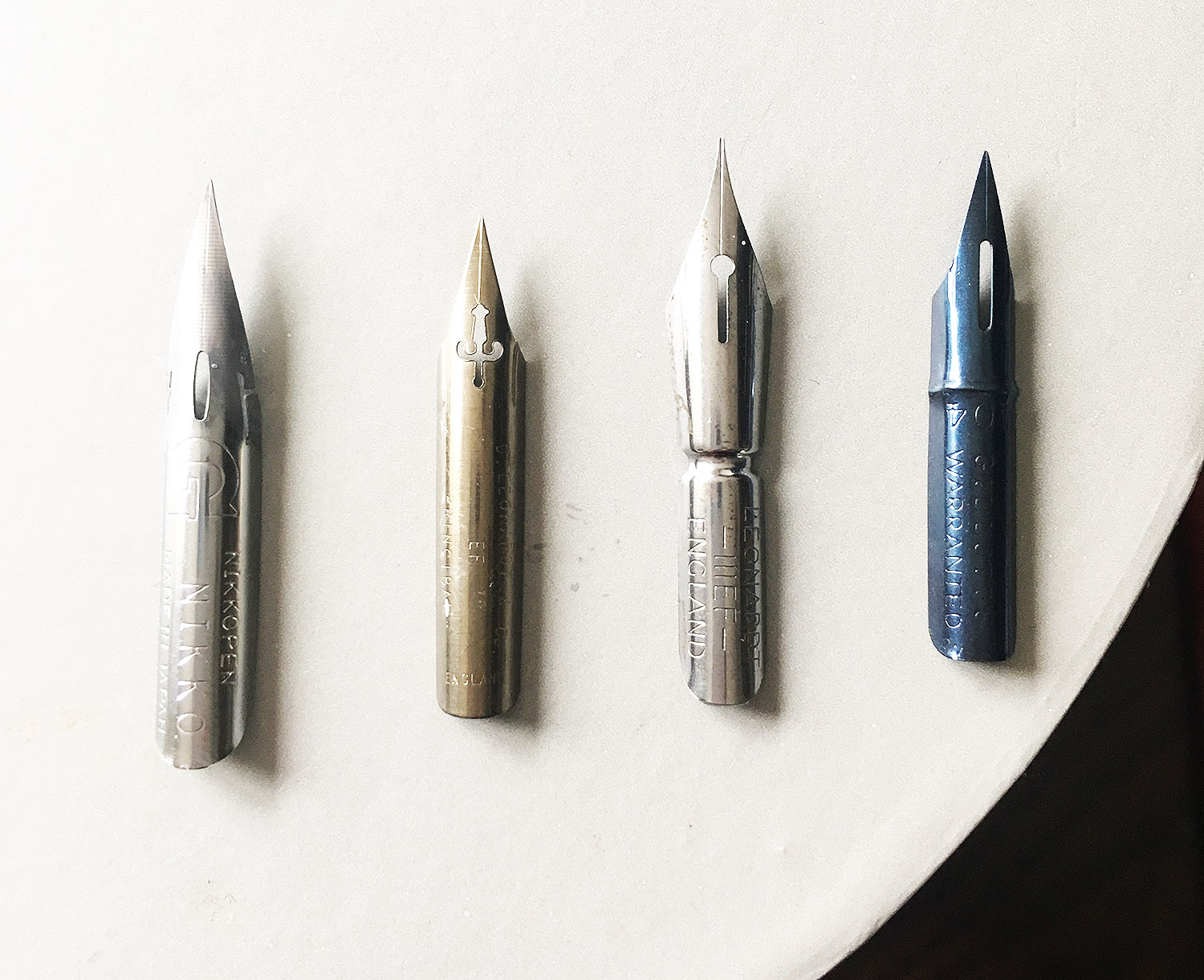
I finished Emily and Matthew’s invitations happily with the Nikko G. They have a few little catches where the nib dragged those tiny fibres across, but overall the effect is beautiful. Hand calligraphy on handmade papers is a special kind of magic – it’s raw and real and I love it.
